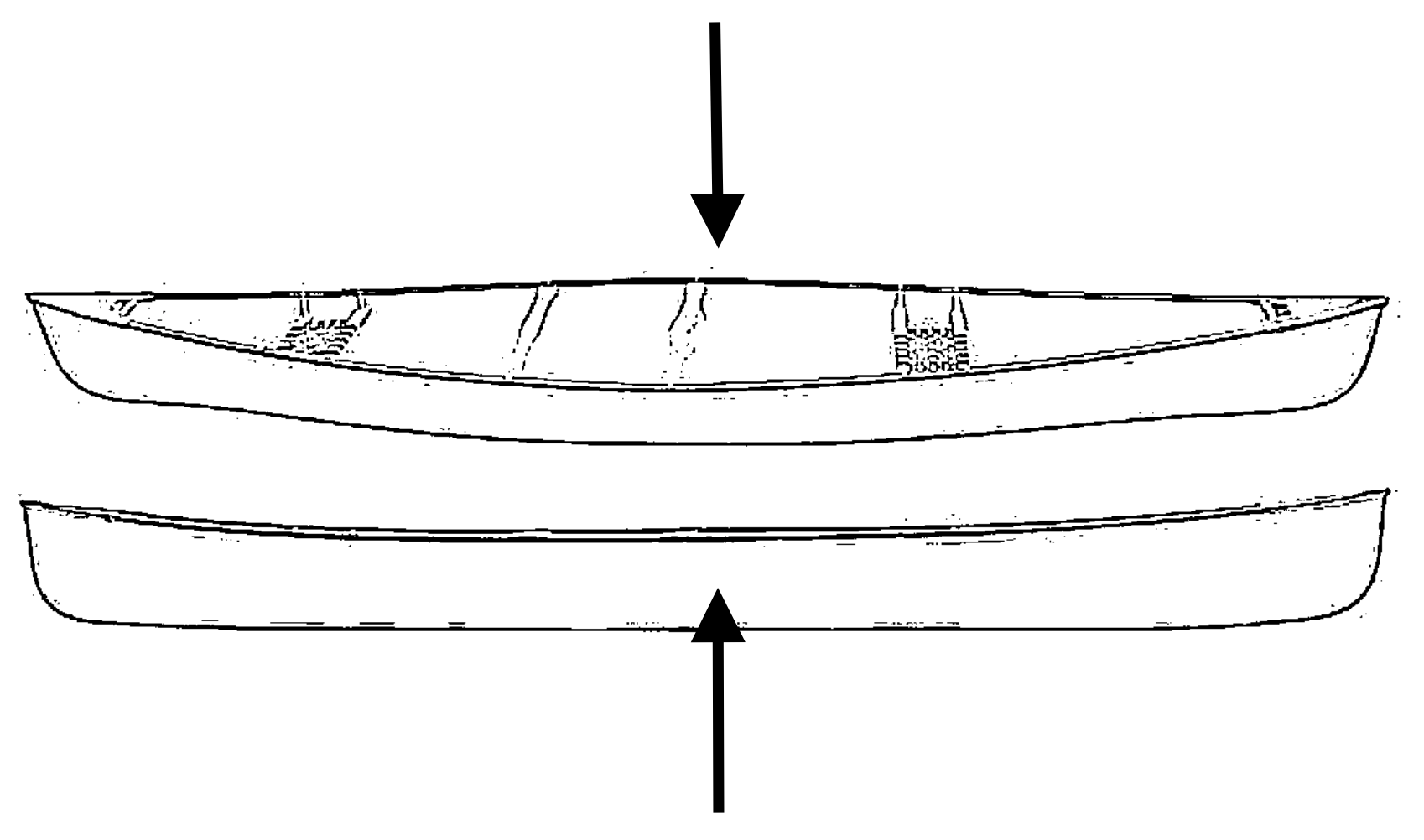Problems & Answers
Here are some sentences in Avanic and their English translations:
- éyaθo kâta tsî a notó tsón
Carter is cooking the fish that John fished. - ni énaθai pápe sâi
The father is not fishing the crab. - ko θína tsopó tiétsu
It is Tina that pushed the house. - sotó sâi a éyaθo kâta tsón
The crab that Carter is cooking pinched John. - ni êfai péta kepêfo
Peter is not crushing the pebble. - ni okâi tsî a éxaθo tsón nuká
The fish that John is buying did not jump onto the dog. - ko féta ni kotsâi namkú
It is Peter that did not cut the tree. - ni yotâi pápe púpu a otó píli
The father did not cook the soup that Billy ate. - ko xepé opó tiétsu a okó tína
It is the rock that crushed the house that Tina jumped onto.
(a) Translate into English:
(b) Translate into Avanic:
(!) Avanic is a constructed language created by Wong Tok Shing Henry in 2022.
ts = ts in cats. θ = th in thin. x = ch in loch.
The marks ´ and ˆ above a vowel denote the high and falling tone, respectively.
The Avanic word for "pebble" literally translates as bean-rock.
— Wong Tok Shing Henry
Here are some phrases in Yele and their English translations in arbitrary order:
|
1. |
kãnə |
|
2. |
kãnə pə |
|
3. |
kĩĩ |
|
4. |
kĩĩ kigha ntũũ |
|
5. |
kĩĩ ntũũ |
|
6. |
keme kigha ntũũ |
|
7. |
mbwaa dumu |
|
8. |
mbwaa limi |
|
9. |
nee |
|
10. |
nee limi |
|
11. |
nee pə |
|
12. |
ngwolo |
|
13. |
ngwolo ntũũ |
|
14. |
pə |
|
15. |
təpwɑ |
|
16. |
təpwɑ dumu |
|
17. |
tpile pə |
|
A. |
banana tree |
|
B. |
canoe |
|
C. |
cigarette |
|
D. |
door |
|
E. |
eye |
|
F. |
eyeball |
|
G. |
five canoes |
|
H. |
five rivers |
|
I. |
full water bottle |
|
J. |
hull |
|
K. |
ladder |
|
L. |
long object |
|
M. |
ripe banana |
|
N. |
ripe mango |
|
O. |
snake |
|
P. |
tobacco |
|
Q. |
unripe banana |
(a) Determine the correct correspondences.
(b) Translate into English:
(c) Translate into Yele:
(!) Yele is an unclassified language spoken by about 3,750 people on Rossel Island in eastern Papua New Guinea. The hull, also known as the body of the canoe, is the part of a canoe that floats on water.
canoe

hull
Image source: https://peacefulpaddle.com/how-to-make-a-canoe-more-stable/.
— Arul Kolla
The form below can be used to query a small corpus of Wyandot sentences.
You are allowed to enter any string consisting of Latin letters, apostrophes ('), and/or spaces ( ). The string may neither begin nor end with a space. Any capital letters in your query will automatically be lowercased.
For each string you enter, the form will display the English translations of all Wyandot sentences in the corpus that contain that string, if such sentences exist.
The actual Wyandot sentences will remain hidden.
(a) Translate into Wyandot:
(b) Here are some nouns in Wyandot:
|
'dahkw |
bucket |
|
huhta |
land |
|
'ti |
cane |
|
ate'dar |
spear |
Translate into Wyandot:
(!) Wyandot is an extinct Iroquoian language once spoken in Oklahoma (USA) and Quebec (Canada).
sg = singular (one person), du = dual (two people), pl = plural (three or more people)
— Daria Kryvosheieva
Here are some equalities in Azoyù Tlapanec written in a simplified transcription:
- guwa-isu-mu × ajku = ajku-rumi ijma-mo
- mijna-guwa × ajma = guwa-nisu isu-mu
- mba-skiyun emba-mo + guwa-nisu ijma-mo = mba-skiyun guwa miŋgiyun
- ajsu! = majŋu
- mba-skiyun mijna-guwa × ajsu= mba-jku-skiyun juan
- guwa-ijma-mo × ajsu = mba-skiyun guwa majŋu
- ajku × ajku = guwa-nisu emba-mo
- mba-skiyun guwa-isu-mu + [A] = mba-jma-skiyun ijku-mu
- mba-skiyun wisu + [B] = mba-skiyun guwa wisu
- [C] × ajma = mba-jsu-skiyun
(a) Write the equalities 1–10 in Arabic numerals.
(b) Write the Azoyù Tlapanec numerals corresponding to A, B, and C.
(c) Write in Azoyù Tlapanec:
(!) Tlapanec is an Oto-Manguean language spoken by more than 98,000 Tlapanec people in the Mexican state of Guerrero. Azoyù Tlpanec is one of the varieties of Tlapanec.
All numbers are less than 100.
n! = 1 × 2 × 3 × ... × (n − 1) × n
y, ŋ and j are consonants.
— Emmy Bonser, Faraz Ahmed
The contest is over.
Answer key: hideshow


